What Is The DASH Diet?
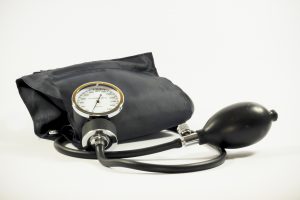 What is the DASH Diet? DASH is an acronym for Dietary Approaches to Stop Hypertension. It’s part of the lifestyle changes to make to help lower blood pressure naturally, without medication or in conjunction with medication to help prevent it from getting worse. It’s not really a diet, but more of a change of eating habits. The research was sponsored by the National Institute of Health
What is the DASH Diet? DASH is an acronym for Dietary Approaches to Stop Hypertension. It’s part of the lifestyle changes to make to help lower blood pressure naturally, without medication or in conjunction with medication to help prevent it from getting worse. It’s not really a diet, but more of a change of eating habits. The research was sponsored by the National Institute of Health
It wasn’t necessarily created to help you lose weight, but most people do.
Most people realize that losing weight is more about what you eat, than how much you eat. You’d be pretty hard-pressed to put on weight eating nothing but lettuce and celery. In fact, it might just be impossible and extremely unhealthy. It’s about eating more whole foods, such as 5 servings or more of vegetables and 4 to 5 servings of fruit. Limiting cereals and grains and focusing on more whole grains is also part of the diet. It also includes 2 to 3 servings of dairy, 2 to 3 servings of fat and 2 or fewer servings of meat, poultry or fish daily. Weekly servings are limited to 4 to 5 servings of nuts, seeds and legumes and foods with added sugar, like desserts to five servings a week.
That seems healthy, but why is it special.
The key to the dash diet is eating foods higher in magnesium, potassium and calcium and reduce the intake of foods high in sodium. That includes highly processed meats and many snacks. The DASH diet showed it lowered the upper number—the systolic blood pressure—by as much as 14 points. If you’re borderline, it’s significant and can make the difference in dangerously high and simply high blood pressure.
The DASH diet works, but why?
While there’s little evidence that cutting back on salt actually lowers blood pressure, unless the person’s intake was excessive or that person is sensitive to salt, it does help the person with high blood pressure make smarter choices. It’s just plain healthy to reduce the amount of foods with added sugar and refined grains. It’s also healthy to cut out soft drinks and processed meat.
- Not only will using the DASH diet help reduce blood pressure, so will exercise. The two combined helps you lose weight, which also makes your blood pressure lower, reduces your risk of diabetes and gout.
- Research also shows that diets lower in foods with added sugar can also reduce blood pressure. One study of 43 obese children found that cutting out food with added sugar lowered blood pressure, cholesterol and blood sugar levels in just nine days.
- The diet can help lose weight around the mid-section, visceral fat. Many of the same foods are omitted in both types of diets, including soft drinks, processed grain products and processed meats.
- At LIV Fitness we offer an app that provides easy to follow meal plans, which include a grocery list to make it even easier to eat healthy.
For more information, contact us today at LIV Fitness

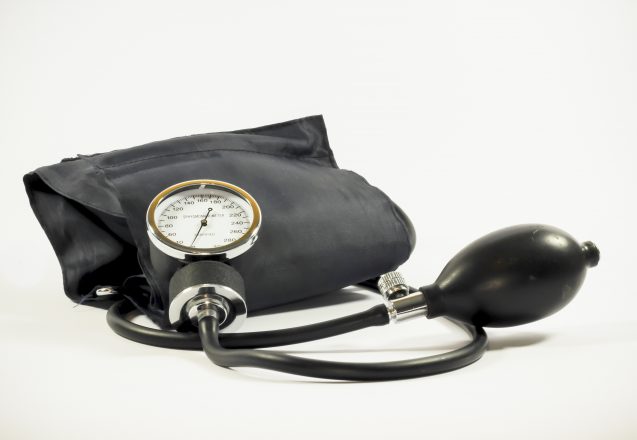
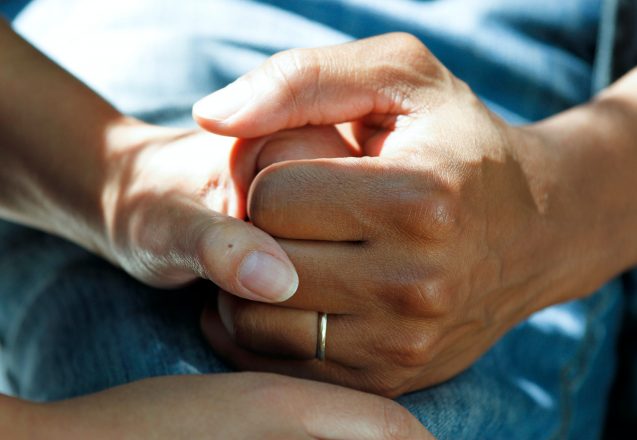
 Your diet can dictate your risk for many things. It can even help prevent certain diseases, like Type2 diabetes, high blood pressure and high cholesterol levels. It may even help prevent Alzheimer’s, but the study of diet and loss of mental abilities is still in its infancy. In fact, one important study on the eyes and diet actually laid the groundwork for future studies. Generally, they found that people who ate a Mediterranean style diet were less prone to have mental decline.
Your diet can dictate your risk for many things. It can even help prevent certain diseases, like Type2 diabetes, high blood pressure and high cholesterol levels. It may even help prevent Alzheimer’s, but the study of diet and loss of mental abilities is still in its infancy. In fact, one important study on the eyes and diet actually laid the groundwork for future studies. Generally, they found that people who ate a Mediterranean style diet were less prone to have mental decline.
 I get a lot of questions about the prime workout time and when is working out most effective. It’s a good question to ask before you start your workout program, since you’ll want to always workout at the same time each day. The reason you do that is to make it a habit and habits are hard to break, so you have a better chance of success. There are scientific studies that show exercising the first thing is the morning, but also other studies that show lunchtime or evening is best. What’s the right answer?
I get a lot of questions about the prime workout time and when is working out most effective. It’s a good question to ask before you start your workout program, since you’ll want to always workout at the same time each day. The reason you do that is to make it a habit and habits are hard to break, so you have a better chance of success. There are scientific studies that show exercising the first thing is the morning, but also other studies that show lunchtime or evening is best. What’s the right answer?
 You probably know on some level that to live healthier you have to eat healthier, embrace life and love every minute of it and exercise on a regular basis. Eating healthy and exercising regularly can be the easiest part, but if you don’t have a loving, healthy mental attitude, they won’t be. You’ll hate every minute, complain at every meal and actually make yourself more reluctant to workout and enjoy healthy eating. Learning to love more, particularly yourself, can make a huge difference.
You probably know on some level that to live healthier you have to eat healthier, embrace life and love every minute of it and exercise on a regular basis. Eating healthy and exercising regularly can be the easiest part, but if you don’t have a loving, healthy mental attitude, they won’t be. You’ll hate every minute, complain at every meal and actually make yourself more reluctant to workout and enjoy healthy eating. Learning to love more, particularly yourself, can make a huge difference.
 If you take classes or have a personal trainer at Liv Fitness in Dublin, CA, you’ll get a program that includes all types of workouts, strength, balance, endurance and flexibility training. Keeping a balance is key to being fit, since you need to be fit in all four areas. The older you get, the more you need training to improve your overall balance and help prevent falls. Luckily, the average person can do most of the balance enhancing exercises and it’s even boosted by strength and flexibility exercises. One study showed that taking a program of exercise could help lower the risk of falling by 37%, while reducing broken bones by 61% and serious injuries by 43%.
If you take classes or have a personal trainer at Liv Fitness in Dublin, CA, you’ll get a program that includes all types of workouts, strength, balance, endurance and flexibility training. Keeping a balance is key to being fit, since you need to be fit in all four areas. The older you get, the more you need training to improve your overall balance and help prevent falls. Luckily, the average person can do most of the balance enhancing exercises and it’s even boosted by strength and flexibility exercises. One study showed that taking a program of exercise could help lower the risk of falling by 37%, while reducing broken bones by 61% and serious injuries by 43%. Physical problems that can cause immobility can happen to anyone. A fall can cause an leg to break or a serious condition can make a person wheel chair bound permanently. Painful conditions that limit movement, such as arthritis or back pain, actually respond well to physical exertion. It might seem that exercising is impossible, but that’s not so. There are exercises for reduced mobility that you can do while you’re on the mend or do to help keep you healthier, even if you are immobile. Even if you’re bed bound, you can still get the benefits and good feeling that comes with exercise.
Physical problems that can cause immobility can happen to anyone. A fall can cause an leg to break or a serious condition can make a person wheel chair bound permanently. Painful conditions that limit movement, such as arthritis or back pain, actually respond well to physical exertion. It might seem that exercising is impossible, but that’s not so. There are exercises for reduced mobility that you can do while you’re on the mend or do to help keep you healthier, even if you are immobile. Even if you’re bed bound, you can still get the benefits and good feeling that comes with exercise.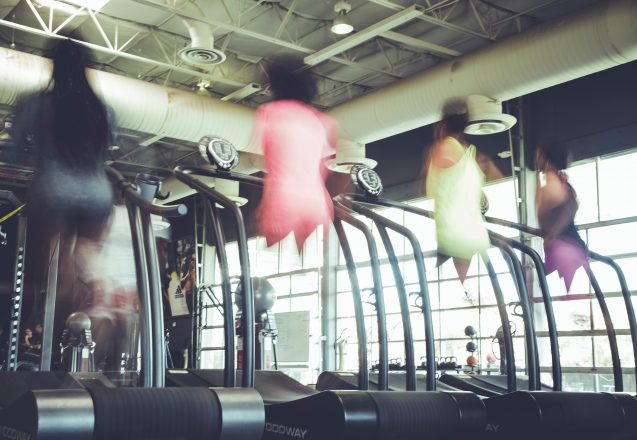
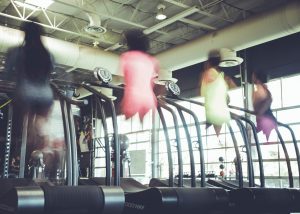 If you’re a newbie who’s at the gym for the first time, you’ll feel more at ease if you learn gym etiquette. Learning what’s okay and not okay can make your first visit a lot more comfortable. You’ll know you aren’t breaking unwritten rules. These rules are universal, whether that gym is in Dublin, CA or anywhere in the world. Since nobody really wants to anger the people who regularly attend the gym on their first day there, learning these unwritten rules will help avoid social blunders.
If you’re a newbie who’s at the gym for the first time, you’ll feel more at ease if you learn gym etiquette. Learning what’s okay and not okay can make your first visit a lot more comfortable. You’ll know you aren’t breaking unwritten rules. These rules are universal, whether that gym is in Dublin, CA or anywhere in the world. Since nobody really wants to anger the people who regularly attend the gym on their first day there, learning these unwritten rules will help avoid social blunders.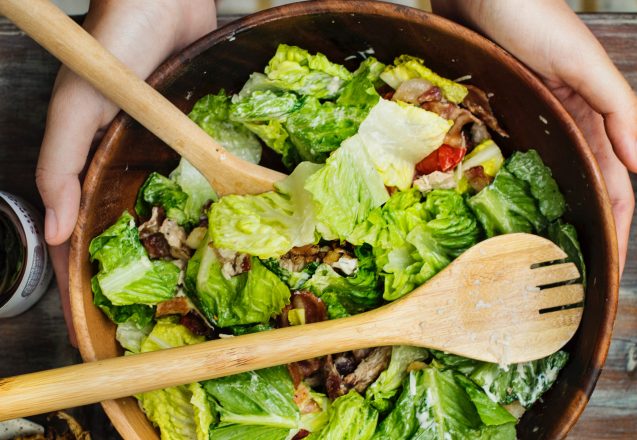
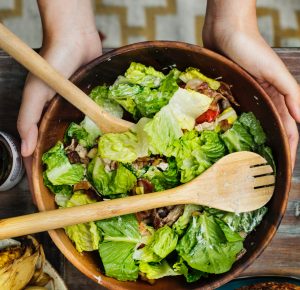 If your goal is just to lose weight, without worrying about whether you’ll lose it and regain quickly afterward, dieting is right for you. However, if permanent weight loss is your ultimate goal, then you need to make lifestyle changes. Dieting alone won’t work. You need to make changes to your eating habits so you don’t regain it. Healthy eating isn’t about living your life denying the foods you love, but it is about learning how to chose food wisely and how to make substitutions that won’t affect the taste of the food, but does affect its calorie count and how healthy it is.
If your goal is just to lose weight, without worrying about whether you’ll lose it and regain quickly afterward, dieting is right for you. However, if permanent weight loss is your ultimate goal, then you need to make lifestyle changes. Dieting alone won’t work. You need to make changes to your eating habits so you don’t regain it. Healthy eating isn’t about living your life denying the foods you love, but it is about learning how to chose food wisely and how to make substitutions that won’t affect the taste of the food, but does affect its calorie count and how healthy it is.
 There are many factors to consider on any disease, some are more hidden than others. When talking about any metabolic disease, such as diabetes, there’s a direct relationship between sugar consumption and metabolic disease. The more food with added sugar you consume, the more potential you have for a metabolic problem. Some changes to your body can point to metabolic disease, like high blood sugar levels, abnormal triglyceride levels, insulin resistance, high blood pressure and a proportionally large waist circumference. These symptoms increase the risk of type 2 diabetes and heart disease.
There are many factors to consider on any disease, some are more hidden than others. When talking about any metabolic disease, such as diabetes, there’s a direct relationship between sugar consumption and metabolic disease. The more food with added sugar you consume, the more potential you have for a metabolic problem. Some changes to your body can point to metabolic disease, like high blood sugar levels, abnormal triglyceride levels, insulin resistance, high blood pressure and a proportionally large waist circumference. These symptoms increase the risk of type 2 diabetes and heart disease.
 There’s a lot of reasons to choose organic foods, particularly organic animal products. One of those reasons is the concern over hormones in food. It’s obvious that there’s a potential for problems if you eat fruit or vegetables laden with pesticides, but far less obvious if you eat animal products that come from animals that are fed hormones. The popular train of thought is that you eat what the animals ate when you consume those products and it’s better to eat food that comes from animals fed more naturally.
There’s a lot of reasons to choose organic foods, particularly organic animal products. One of those reasons is the concern over hormones in food. It’s obvious that there’s a potential for problems if you eat fruit or vegetables laden with pesticides, but far less obvious if you eat animal products that come from animals that are fed hormones. The popular train of thought is that you eat what the animals ate when you consume those products and it’s better to eat food that comes from animals fed more naturally.